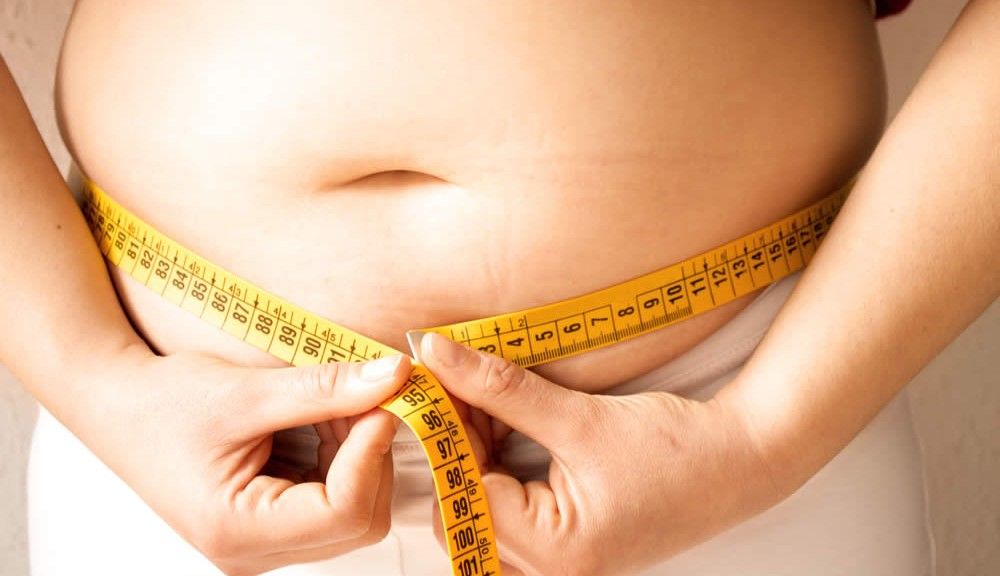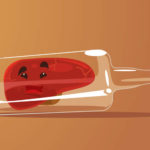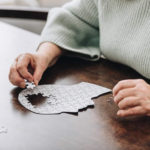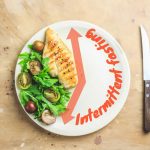
Previous
Fabric Softeners and Your Liver

Next
Helping a Fatty Liver with a Sweet Tooth
Ten Obesity and Fatty Liver Disease Fighting Tips
Besides helping to keep extra weight off, these easy to incorporate suggestions also help defend against non-alcoholic fatty liver disease.
Americans are packing on the pounds, as today’s modern lifestyle seems to go hand-in-hand with obesity. Unfortunately, the rising obesity rate also means a growing incidence of non-alcoholic fatty liver disease (NAFLD). Since NAFLD can have serious health repercussions, efforts to prevent this common liver condition are in high demand – and typically begin with keeping trim.
Non-alcoholic fatty liver disease is the accumulation of fat in the liver cells of people who do not drink alcohol excessively. It’s the most common liver disorder in Western countries and a key contributor to chronic liver disease. In a new study presented at the 2011 International Liver Congress in Berlin, researchers analyzed data from three nationwide U.S. surveys conducted between 1988 and 2008, including responses from 39,500 adults. They found the following:
• During the study period, the prevalence of NAFLD doubled from 5.51 to 11 percent.
• From 1988-1994, 46.8 percent of all chronic liver disease was related to NAFLD.
• From 2005-2008, 75.1 percent of all chronic liver disease was related to NAFLD.
• The prevalence of diabetes and obesity, the two primary risk factors for NAFLD, also rose steadily.
The researchers said if current obesity trends continue for another 20 years, the prevalence of NAFLD is expected to increase by 50 percent by 2030.
Maintaining a healthy weight has never been more challenging. The following are just a few examples of why our nation is experiencing an obesity crisis:
• Technology and our sedentary lifestyle – Our modern, technological society has created a sedentary generation. This is apparent in the many ways our education, recreation and professions revolve around sitting in front of a computer, television, smart phone or video game screen.
• Food portions and frequency – Portion sizes and eating frequency have increased substantially in the past few decades. What once served a family of four is now being consumed by a single person as a meal for one. In addition, a sedentary lifestyle invites snacking while sitting in front of a TV or computer. These additional mini-meals are accompanied by supplemental measures of both calories and fat.
• Poor food choices – Grabbing fast food when in a rush and choosing processed, pre-packaged foods are convenient, but typically devoid of nutritional value. These food delivery methods are not only extremely popular, but they are also loaded with chemicals, saturated fat, salt and sugar. Unfortunately, everything that makes these foods convenient also makes them weight-gaining culprits.
There are many lifestyle adjustments that can help people maintain a healthy weight. Along with a commitment to wellness, these ten, easy-to-implement tips can help fight obesity – and consequently protect against NAFLD:
1. Delegate the table as the only place to eat food. This prevents snacking in front of the television or computer, in bed, while driving or in front of the refrigerator.
2. When grocery shopping, park as far as reasonably possible from the store’s entrance to get in a little extra exercise.
3. If you drink soda (regular or diet), make the switch to sparkling water with a squeeze of fresh lemon. Research shows that this monumental switch makes a big impact on expanding waistlines – especially (and surprisingly) for diet soda drinkers.
4. Decrease the amount of time you sit on your rear with the following game; allow yourself two minutes of television time for every one minute of physical activity.
5. Pick one of your more sedentary rituals and replace it with a physically active one. An example is substituting playing your favorite social network site game for doing yoga or taking a bike ride.
6. Boycott elevators and escalators in favor of huffing it up several flights of stairs.
7. To reduce your fat, salt and sugar intake, commit to making meals at home. You have more control over what your food is cooked in and how it is cooked when you prepare it yourself. It takes a few more minutes than buying a meal in a box, but the reduction in fat and calories are worth it.
8. Keep a bowl of cut up, raw vegetables in your refrigerator and high-fiber, low-fat crackers in your cabinet to snack on when hunger strikes between meals.
9. Use your fist as a guide for an appropriate serving size. At home, pay attention to fist-sized quantities and, when eating out, become accustomed to the doggy bag.
10. To deter from hazardous late night snacking, brush your teeth two hours before you go to bed. Snacking is less desirable with a fresh, minty smelling mouth.
For many people, maintaining a healthy weight is the hardest thing in the world to do – but it is also the most important. Life expectancy is greatly reduced in those who are obese. Someone who is 30 pounds overweight has an almost 30 percent greater chance of an early death than his/her healthy counterpart. The early death rate percentages increase along with the amount of excess body fat a person carries. The association between obesity and NAFLD is likely part of the reason why being overweight can be so perilous.
Hopefully, the ten tips described above will serve as a starting point for fighting the battle of the bulge and preventing non-alcoholic fatty liver disease.
http://brainz.org/how-fight-obesity-tips-you-and-your-children/, How to Fight Obesity – Tips for You and Your Children, Retrieved April 3, 2011, Brainz.org, 2011.
http://news.yahoo.com/s/afp/20110324/pl_afp/healthusobesityobama, Obesity fight begins at home: Michelle Obama, Retrieved April 3, 2011, Yahoo! Inc., 2011.
http://www.ncbi.nlm.nih.gov/pubmedhealth/PMH0004552/, Obesity, Retrieved April 3, 2011, A.D.A.M., Inc., 2011.
http://www.webmd.com/diet/news/20050613/drink-more-diet-soda-gain-more-weight, Drink More Diet Soda, Gain More Weight?, Daniel J. DeNoon, Retrieved April 3, 2011, WebMD, LLC, 2011.
http://www.webmd.com/diet/news/20110402/non-alcoholic-fatty-liver-disease-rates-rising-in-us?src=RSS_PUBLIC, Non-Alcoholic Fatty Liver Disease Rates Rising in U.S., Jennifer Warner, Retrieved April 3, 2011, WebMD, LLC, 2011.










